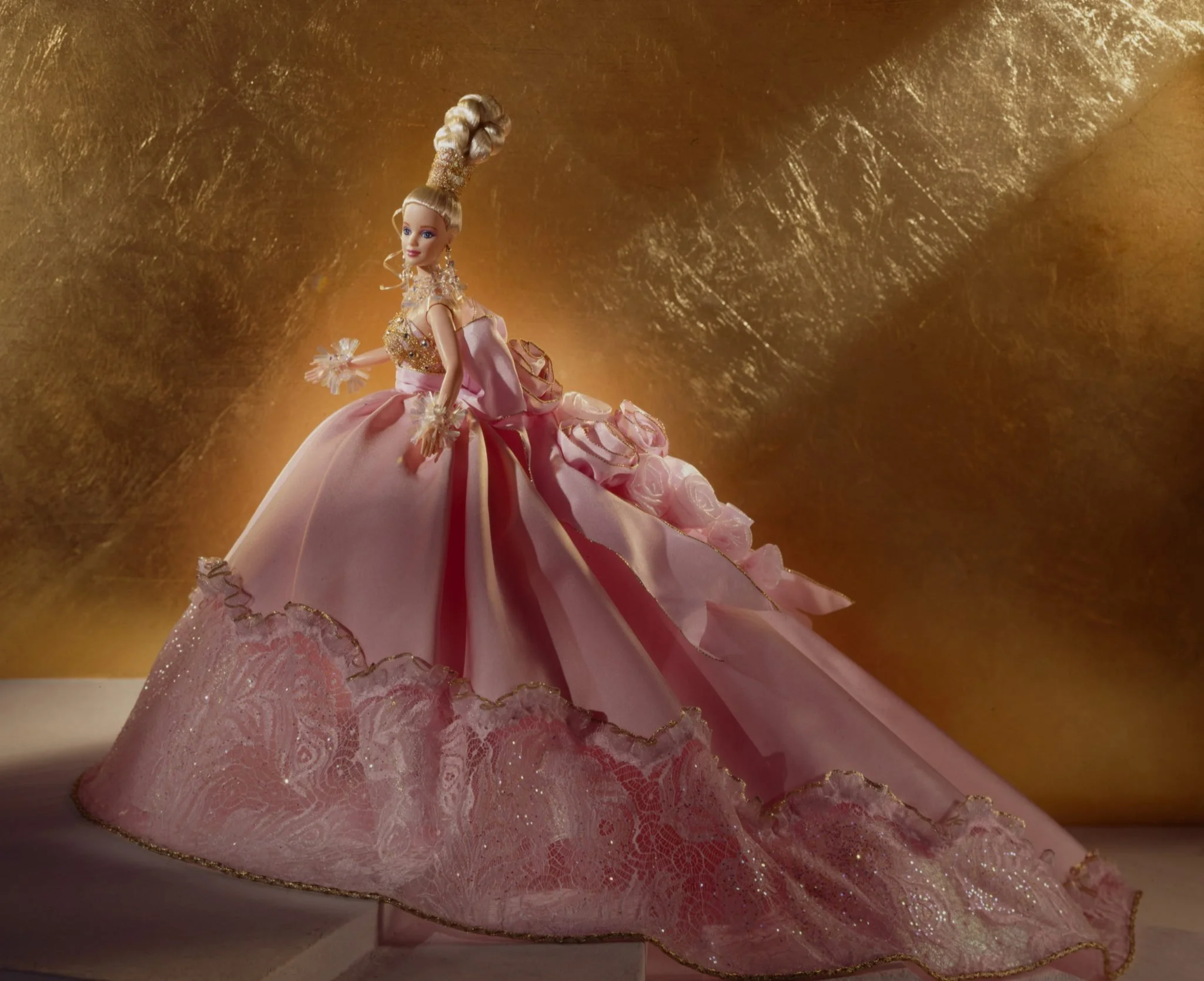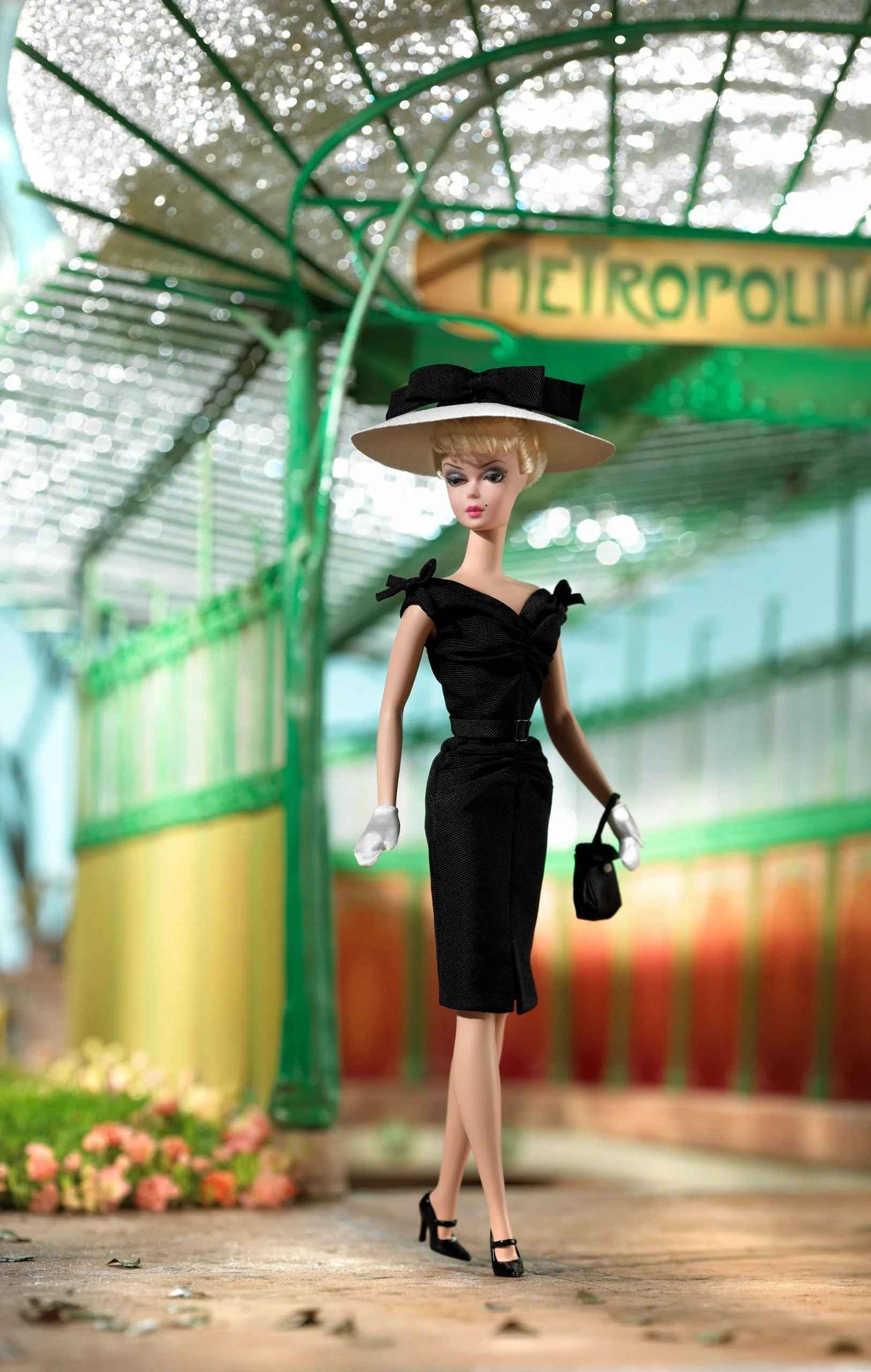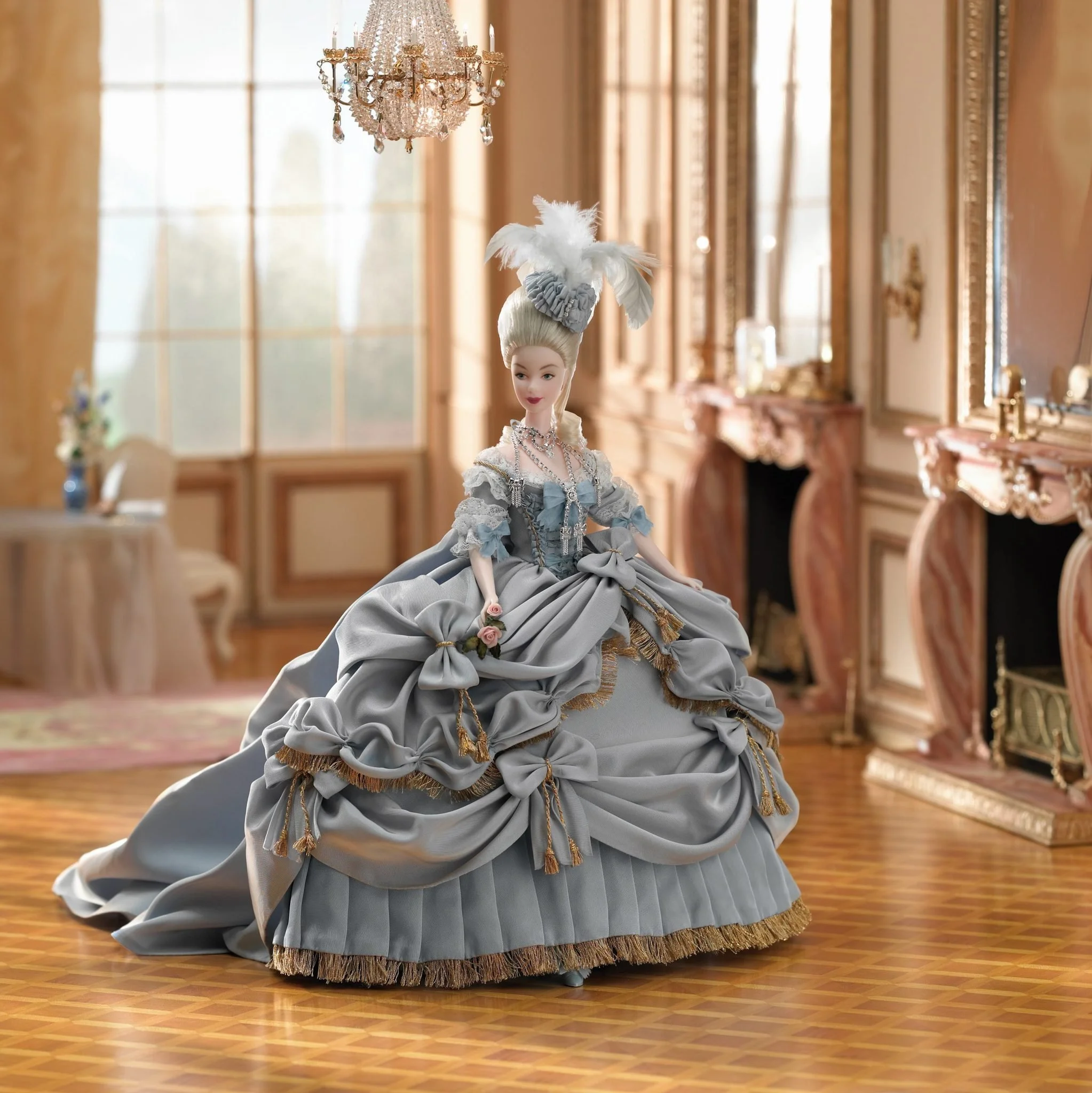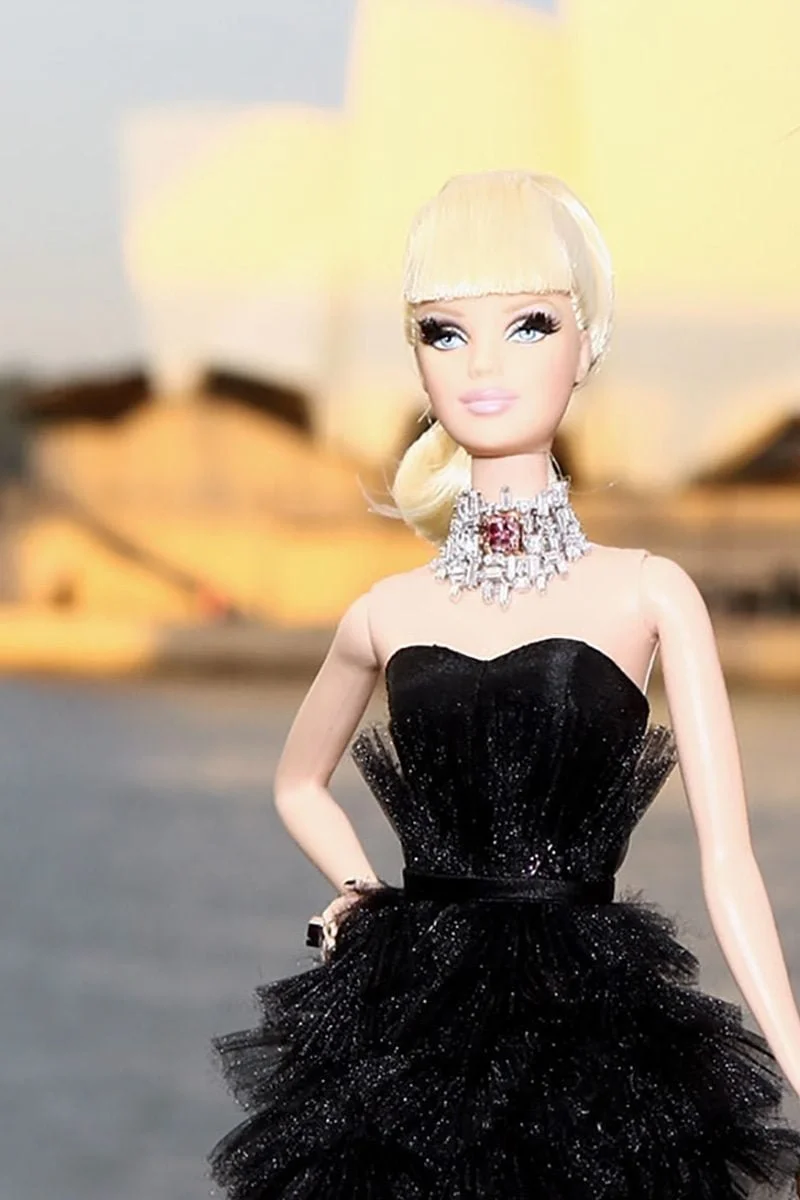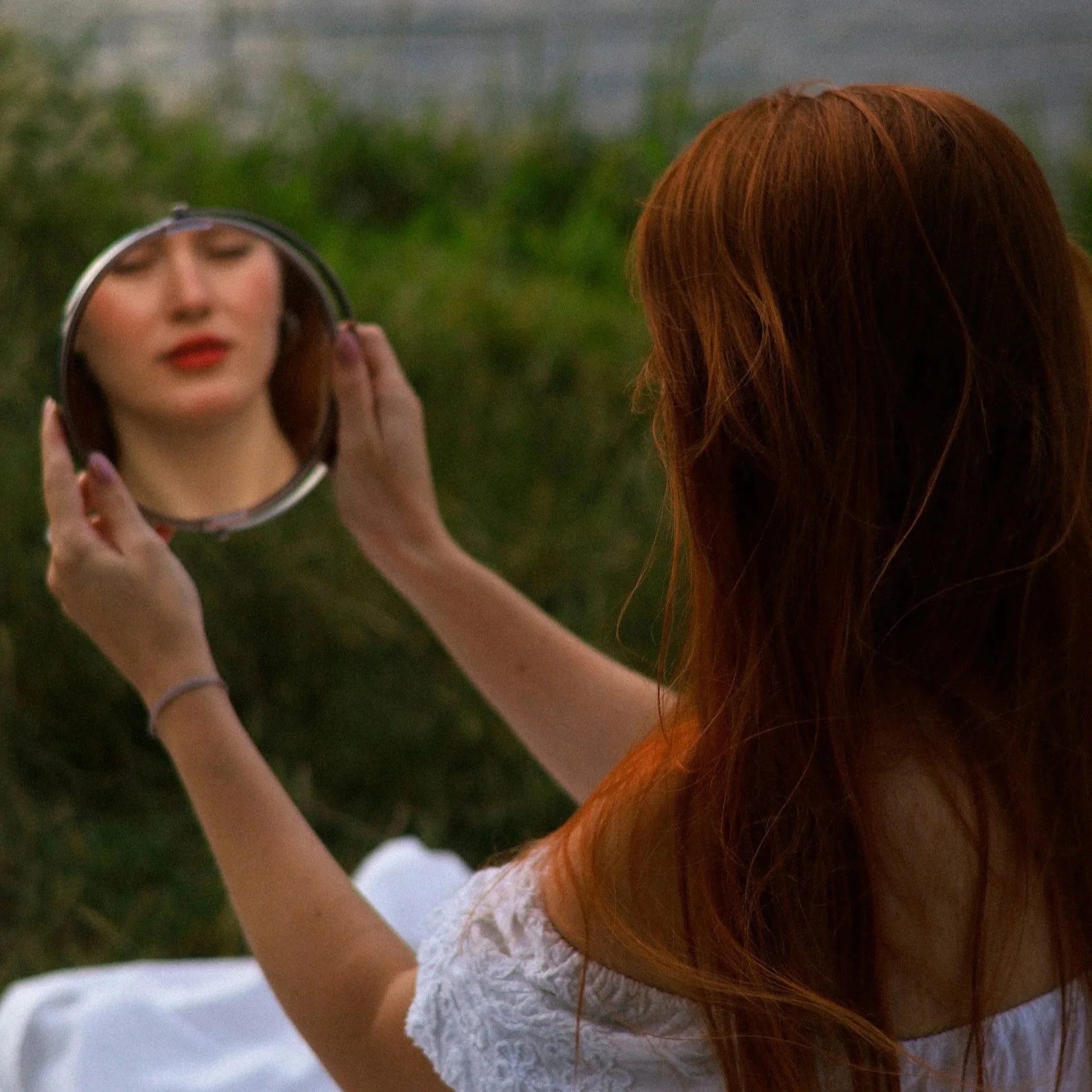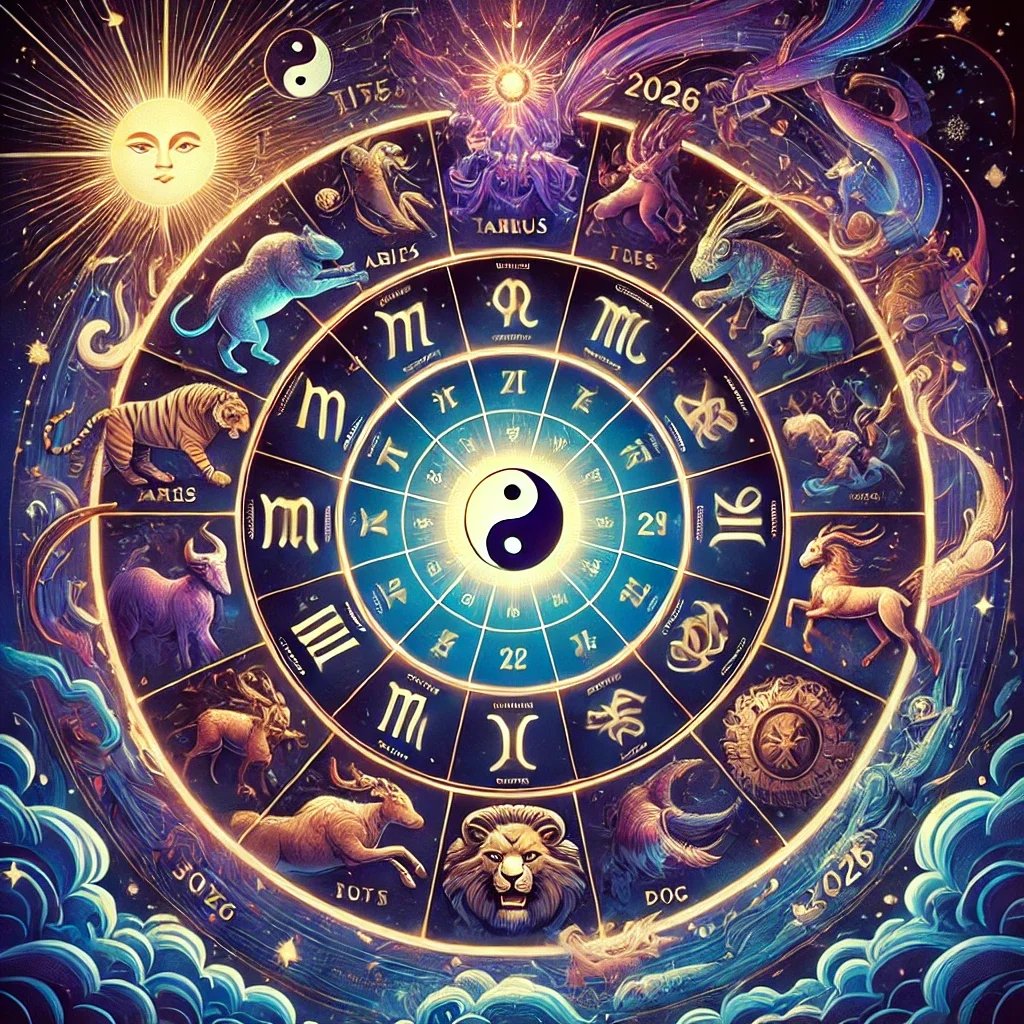Doll of the Ages: Exploring Barbie's Fascinating Evolution Over Time
Image courtesy of https://noreeacaidah.blogspot.com/2023/05/barbie-movie.html
Barbie: A Journey Through Time
The Beginning:
Image courtesy of: Pinterest
The history of Barbie begins with her creator, Ruth Handler. In the 1950s, Handler noticed that her daughter, Barbara, often gave her dolls adult roles during playtime. However, most dolls on the market at the time were baby dolls, leaving a gap for dolls representing adults. This observation sparked an idea in Handler's mind.
In 1959, Handler, who was the co-founder of Mattel, introduced the first Barbie doll at the American International Toy Fair in New York. The doll was named "Barbie," after Handler's daughter Barbara. This 11.5-inch, teenage fashion model doll was a stark contrast to the typical baby and toddler dolls popular at that time.
Life of Barbie:
Over the decades, Barbie has led a diverse and adventurous life. She has taken on more than 200 careers, including roles as a doctor, astronaut, and even U.S. president, often ahead of real-life women entering these professions. She's driven pink Corvettes, run for office, and even gone to the moon.
Barbie’s Dreamhouse, photo courtesy of Pinterest
From the start, Barbie was a trendsetter, constantly evolving with fashion and societal norms. The doll has seen countless changes in hairstyles, makeup, and outfits, mirroring and often leading fashion trends.
Image courtesy of The Most Expensive Barbie Dolls Ever Made | Reader's Digest (rd.com)
Barbie also expanded to represent diverse backgrounds, ethnicities, and cultures over time, reflecting the demographics of the global, multicultural world of her audience. Today, the Barbie Fashionistas line offers dolls with nine different body types, seven skin tones, and a variety of eye colors and hairstyles.
Image courtesy of The Most Expensive Barbie Dolls Ever Made | Reader's Digest (rd.com)
Image courtesy of The Most Expensive Barbie Dolls Ever Made | Reader's Digest (rd.com)
Popularity and Impact:
The popularity of Barbie was almost instantaneous and has endured for over six decades. According to Mattel, three Barbie dolls are sold every second worldwide. The popularity of Barbie has led to the creation of an entire world around her, including friends, family (like little sister Skipper), a longtime boyfriend (Ken), pets, and a wide range of accessories like houses, cars, and clothes.
Image courtesy of The Most Expensive Barbie Dolls Ever Made | Reader's Digest (rd.com)
Image courtesy of The Most Expensive Barbie Dolls Ever Made | Reader's Digest (rd.com)
Image courtesy of The Most Expensive Barbie Dolls Ever Made | Reader's Digest (rd.com)
However, Barbie hasn’t been without controversy. Critics have argued that Barbie promotes an unrealistic body image for young girls, with early versions of the doll having body proportions that would be impossible for a real woman to achieve. Mattel has addressed these criticisms in recent years by introducing dolls with a variety of body types, including curvy, tall, and petite.
Image courtesy of The Most Expensive Barbie Dolls Ever Made | Reader's Digest (rd.com)
Image courtesy of The Most Expensive Barbie Dolls Ever Made | Reader's Digest (rd.com)
Beyond her role as a plaything, Barbie has become a cultural icon and has made appearances in numerous movies, TV shows, and even video games. In 1986, artist Andy Warhol created a Barbie portrait, cementing her place as an American icon.
Image courtesy of The Most Expensive Barbie Dolls Ever Made | Reader's Digest (rd.com)
Image courtesy of The Most Expensive Barbie Dolls Ever Made | Reader's Digest (rd.com)
From her creation in 1959, Barbie has been more than just a toy. She has mirrored societal trends and changes, providing children with a doll that can inspire their imaginations, reflect their experiences, and encourage their dreams. As Barbie continues to evolve, she will likely remain a symbol of aspiration and a source of play for generations to come.
The Movie:




